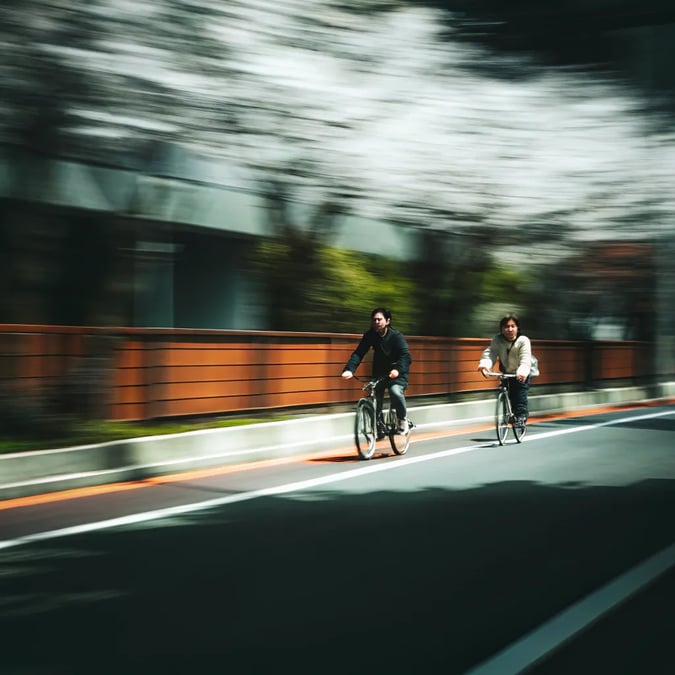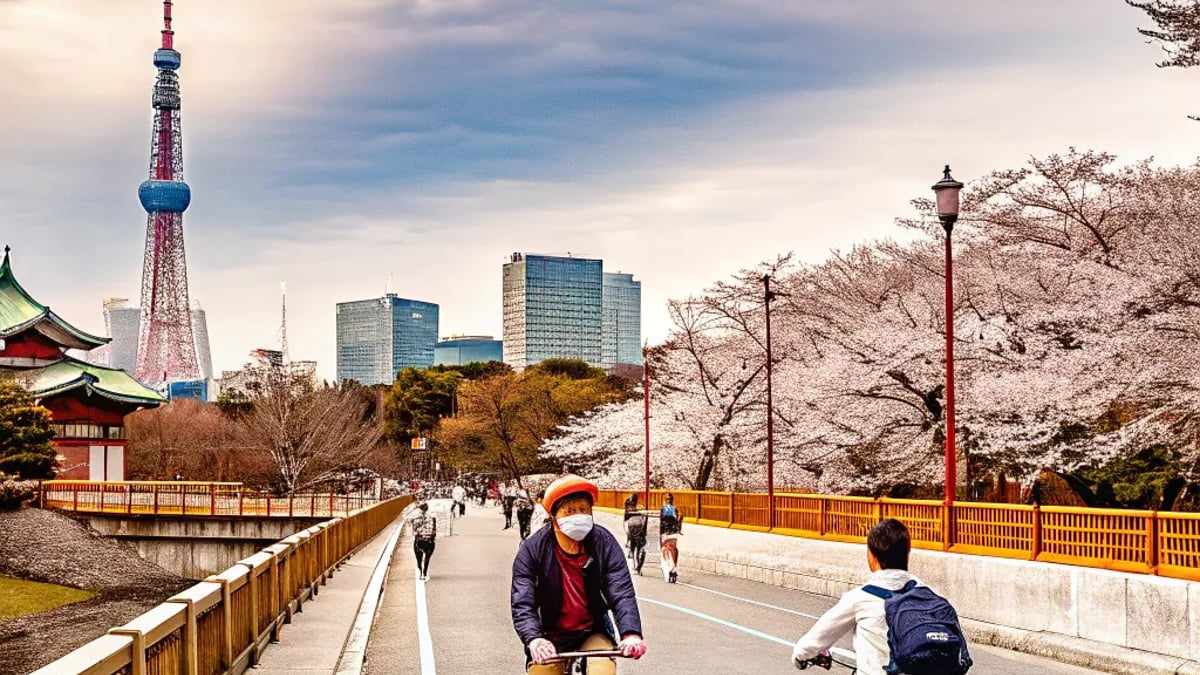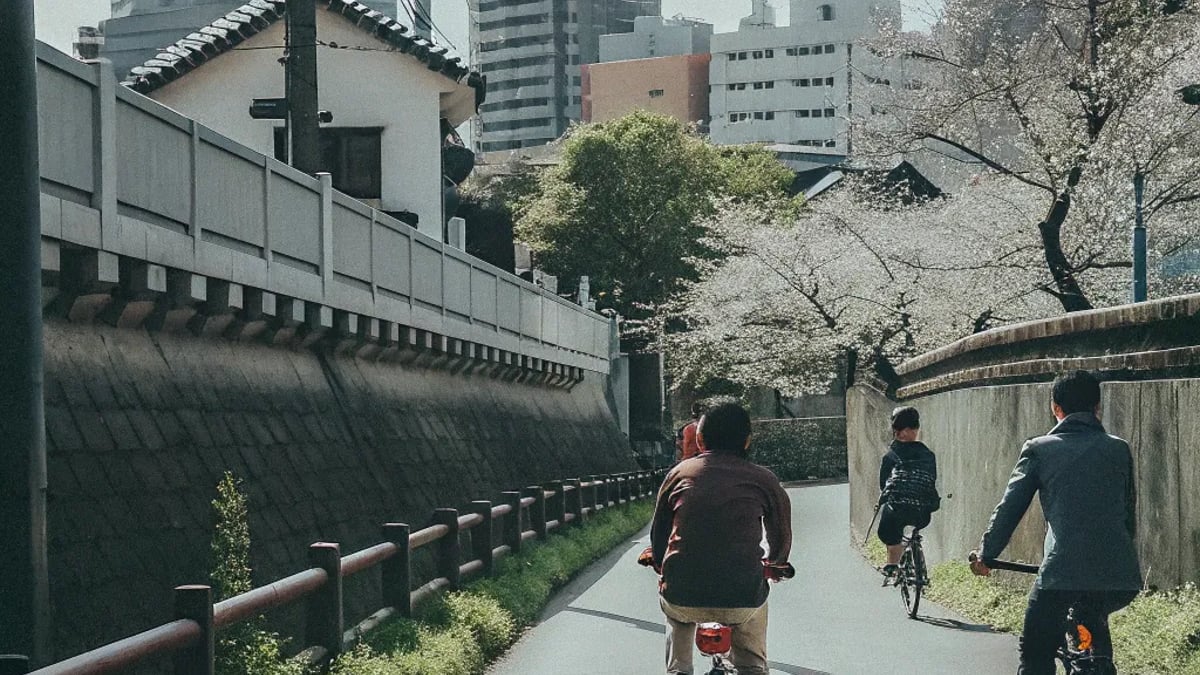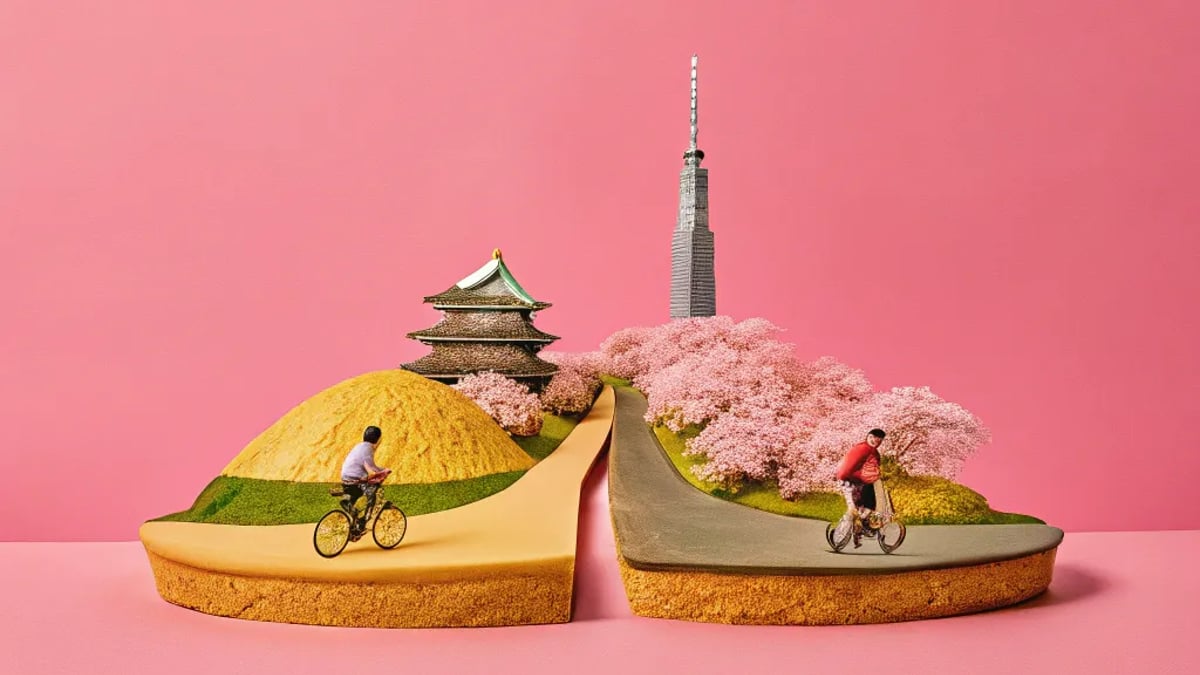
Tokyo might be known for its dense urban landscape and complex train system, but beneath the concrete jungle lies a network of hidden bike paths waiting to be discovered. As someone who's spent countless weekends exploring the city on two wheels, I've found that cycling offers a unique perspective of Japan's capital that many tourists—and even locals—never experience.
Tokyo's Cycling Revolution: More Than Just Commuting
The cycling culture in Tokyo has undergone a significant transformation in recent years. What was once primarily a commuter activity has evolved into a legitimate form of urban exploration. This shift didn't happen overnight, though.
"Tokyo wasn't always considered bike-friendly," explains Takashi Yamamoto, founder of Tokyo Bike Tours. "But with increased environmental awareness and the pandemic pushing people toward outdoor activities, the city has embraced cycling in new ways."
The numbers back this up. According to the Tokyo Metropolitan Government, bicycle usage increased by nearly 24% between 2019 and 2022. This surge prompted city planners to reconsider urban mobility, resulting in expanded cycling infrastructure that many visitors remain unaware of.

The Unexpected Benefits of Tokyo Cycling
Exploring Tokyo by bike offers several advantages that traditional tourism doesn't:
- You'll discover neighborhoods that don't make it into guidebooks
- Cycling allows for spontaneous detours impossible on structured tours
- E-bikes make Tokyo's notorious hills manageable for casual riders
- The pace lets you absorb the city's architecture and design elements meaningfully
As one Reddit user in r/JapanTravelTips noted, "Renting bikes and getting lost in residential Tokyo neighborhoods was honestly more memorable than the tourist spots. We found the most amazing little bakery that way."
Must-Ride Hidden Paths for Urban Explorers
The Kanda River Green Way

This 7.8-kilometer stretch follows the Kanda River from Inokashira Park in Kichijoji to Ochanomizu. What makes this path special is how it weaves through both upscale residential areas and vibrant commercial districts while remaining surprisingly peaceful.
The path isn't perfectly maintained throughout—there are sections where you'll need to navigate alongside pedestrians and others where the trail briefly disappears before reemerging. But these imperfections are part of its charm.
Stop at the small coffee stand near the Takadanobaba section that appears only on weekends. The owner, Kenji, brews some of the best pour-over coffee in the city and loves chatting with international visitors.
Meguro-Tamagawa Riverside Route
This 10-kilometer stretch connects the trendy Nakameguro area to the spacious Tamagawa riverbank. The route transforms dramatically with the seasons—cherry blossoms in spring, lush greenery in summer, and golden ginkgo trees in fall.
"I take this path at least once a month, and it never feels the same twice," says Mari Tanaka, a local cycling enthusiast I met while photographing the river. "Most tourists only see the famous cherry blossom spots, but the entire route is spectacular year-round."

The path includes several small parks perfect for picnicking. Pack some onigiri (rice balls) from a convenience store for an authentic local experience.
The Forgotten Olympic Legacy Path
Few visitors realize that the 1964 Tokyo Olympics left behind cycling infrastructure that's still usable today. Near the Komazawa Olympic Park, you'll find remnants of training routes that have evolved into neighborhood connectors.
These paths aren't marked on most maps and feel almost secretive as they wind behind apartment complexes and through small shrine grounds. The route requires some navigation skills—I've gotten turned around more than once—but that's part of the adventure.
How Architecture Shapes Your Cycling Experience
Tokyo's urban design creates a cycling experience unlike any other major city. As the BBC has explored in their article on architectural psychology, cities like Tokyo juggle layout design and accessibility in ways that profoundly affect how we experience them.
Cycling through Tokyo reveals this architectural psychology in action. The narrow residential streets (roji) create intimate spaces that contrast dramatically with the wide boulevards of areas like Marunouchi. This variation keeps rides interesting and provides mental refreshment—something researchers call "psychological restoration."
The city's frequent small shrines and pocket parks serve as natural waypoints for cyclists. These spaces weren't designed with bikes in mind, but they've become essential resting spots in a cycling network that emerged organically rather than through central planning.
E-Bikes: The Great Equalizer for Tokyo Exploration
Tokyo's topography includes more hills than most visitors expect. E-bikes have revolutionized urban exploration here, making previously challenging routes accessible to casual riders.
"The e-bikes made exploring Tokyo's hidden gems so much more enjoyable," wrote one TripAdvisor reviewer about a guided e-bike tour. "Our guide Mihori-san was patient and showed us places we never would have found on our own."
Several bike rental shops now offer high-quality e-bikes specifically designed for urban exploration. While not cheap (expect to pay ¥3,000-5,000 per day), they're worth the investment for accessing hillier areas like Yanaka and parts of western Tokyo.
How Do I Find These Hidden Paths Without Getting Lost?
This is probably the most common question I hear from visitors interested in exploring Tokyo by bike. While getting slightly lost is part of the adventure, here are some practical tips:
- Start with a half-day guided tour to learn the basics of Tokyo cycling etiquette and infrastructure
- Use the Tokyo Cycling Map app (available in English) which shows bike-friendly routes
- Join the Tokyo Cycling Club's monthly "Welcome Ride" for foreigners
- Look for the subtle blue bicycle symbols painted on sidewalks in many areas
Remember that in some areas, cyclists are expected to use sidewalks rather than roads—the opposite of rules in many Western countries. Watch what locals do and follow their example.
Safety and Etiquette: Navigating Tokyo Respectfully
Cycling in Tokyo comes with its own unwritten rules. Understanding these cultural norms will make your experience more enjoyable:
- Bells are used frequently as gentle notifications, not angry warnings
- Cycling side-by-side is generally frowned upon on narrow paths
- Many shopping streets prohibit cycling during busy hours (look for signs)
- Parking is only allowed in designated areas—never lock your bike to trees or guardrails
"The biggest mistake foreign cyclists make is treating Tokyo like their home city," explains Takeshi Ito, who runs cycle tours for international visitors. "Our cycling culture is based on sharing space considerately, which sometimes means going slower than you might prefer."
The Future of Tokyo's Bike Paths
The upcoming years promise exciting developments for Tokyo's cycling infrastructure. With sustainability goals set for 2030, the metropolitan government has allocated funding for expanded cycling networks connecting major green spaces.
These plans include a proposed 14-kilometer elevated bike path connecting Yoyogi Park to the Imperial Palace grounds, though the project faces challenges from preservation groups concerned about its impact on historic areas.
For now, the hidden paths remain somewhat secret treasures—fragments of a future network that rewards the curious explorer.
Disclaimer: This article is for informational purposes only. Always wear appropriate safety gear when cycling, follow local traffic laws, and consult with healthcare providers if you have any health concerns about cycling activities. The routes described may change due to construction or other factors.
Tags

About Elliott Greenway the Author
Elliott Greenway is a seasoned environmentalist and avid cyclist with over a decade of experience promoting sustainable transport solutions. His expertise in eco-friendly cycling has inspired countless individuals to take up cycling as a means to reduce their carbon footprint and embrace a healthier lifestyle.
Recommended Articles
TV Series Returning in 2026 After Initial Cancellation
Exciting revivals of beloved TV series are set for 2026, showcasing the evolving landscape of television and fan engagement.
Exploring Approaches to Modern Parenting Challenges
Discover innovative strategies for tackling modern parenting challenges and nurturing emotional well-being in today's complex family dynamics.
Eyelid Dermatitis Explained: Symptoms, Causes, and Solutions
Discover eyelid dermatitis, its symptoms, causes, and effective solutions to manage and treat this uncomfortable skin condition.
Eyelid Dermatitis Triggers That May Be Lurking in Your Routine
Discover common eyelid dermatitis triggers in your daily routine, from skincare products to allergens, and learn how to manage your symptoms effectively.
The Best Foods to Strengthen Your Bones as You Age
Discover the best foods that promote bone health as you age, focusing on essential nutrients like calcium and vitamin D for stronger bones.




